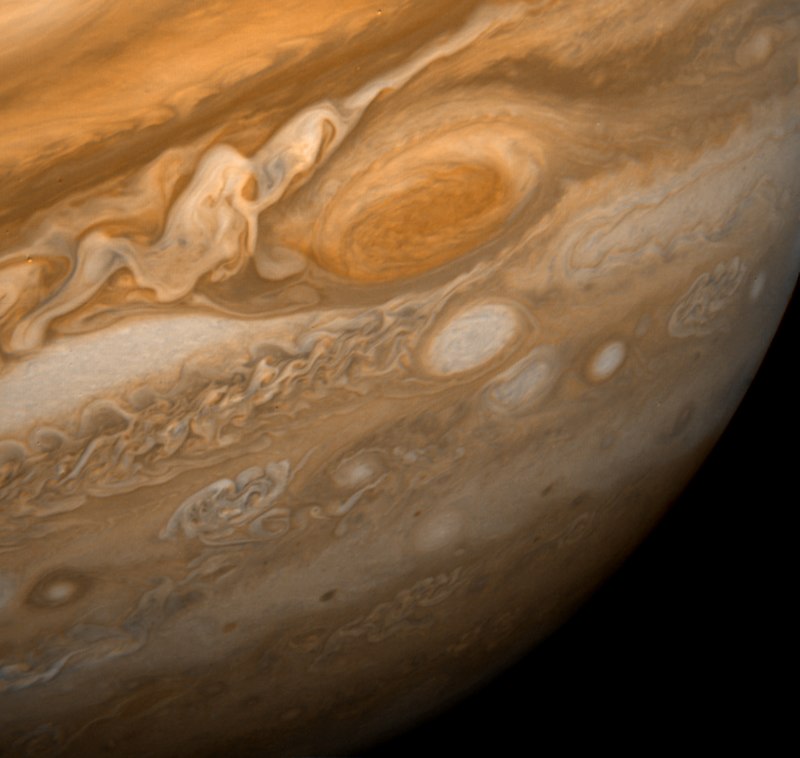30 Years Since Atlantis Docked with Mir: A Milestone in Space Cooperation

On June 29, 1995, the American space shuttle Atlantis achieved a historic milestone by docking with the Russian space station Mir, marking the first successful coupling between a U.S. shuttle and a Russian spacecraft. This event not only signified a pivotal moment in international space collaboration but also resulted in the formation of the largest human-made object ever to orbit Earth at that time. As we commemorate the 30th anniversary of this significant achievement, it is essential to reflect on the historical context, the mission's objectives, and its implications for future space exploration.
The backdrop to this remarkable event is rooted in the intense rivalry of the Cold War, which fueled a fierce competition between the United States and the Soviet Union in the realm of space exploration. Following the Cold War's conclusion and the subsequent dissolution of the Soviet Union, both nations sought to foster cooperation in space endeavors. Daniel Goldin, who served as NASA Administrator during this period, emphasized this shift, stating it marked the inception of "a new era of friendship and cooperation" between the two former adversaries.
The mission, known as STS-71, not only represented the first docking of the space shuttle with Mir but also held the distinction of being the 100th human space mission in American history. Initially slated for a May launch, the STS-71 mission faced several delays, culminating in a successful launch on June 27, 1995. This was facilitated by significant preparatory work, including reconfigurations of Mir to accommodate the shuttle's docking.
On June 29, 1995, at 1 p.m. GMT, Atlantis docked flawlessly with Mir, just two seconds shy of the targeted time. The process utilized the R-Bar approach, which allowed for a smoother and more controlled docking maneuver. Commander Robert L. Gibson played a crucial role during this phase, ensuring precision as Atlantis approached Mir at a speed of just 0.1 feet per second. The successful docking occurred approximately 400 kilometers above Lake Baikal in Russia, symbolizing the potential for collaboration and shared goals in space exploration.
Once docked, the crews of Atlantis and Mir conducted a series of scientific investigations over a span of 100 hours, focusing on various disciplines such as human physiology, biology, and microgravity research. The mission facilitated the exchange of scientific data and equipment, reinforcing the collaborative spirit that characterized this endeavor. The hatches were opened to a warm welcome ceremony, where traditional gifts were exchanged, further highlighting the camaraderie fostered during this historic meeting.
The implications of the STS-71 mission have resonated through subsequent international collaborations in space, paving the way for initiatives such as the International Space Station (ISS). The successful docking not only highlighted the technological capabilities of both nations but also set a precedent for future cooperative efforts in space exploration.
In retrospect, the STS-71 mission serves as a testament to the enduring legacy of collaboration in space, demonstrating how former rivals can unite for a common purpose. As we look toward the future of space exploration, this milestone serves as a reminder of the importance of international cooperation in addressing the challenges and opportunities that lie ahead in our quest to explore the cosmos.
As we celebrate the 30th anniversary of this remarkable event, it is imperative to consider the ongoing evolution of space exploration and the potential for further collaborative missions. The legacy of the Atlantis and Mir docking continues to inspire future generations of scientists, engineers, and space enthusiasts, reinforcing the belief that through cooperation, the possibilities in space are limitless.
Advertisement
Tags
Advertisement





